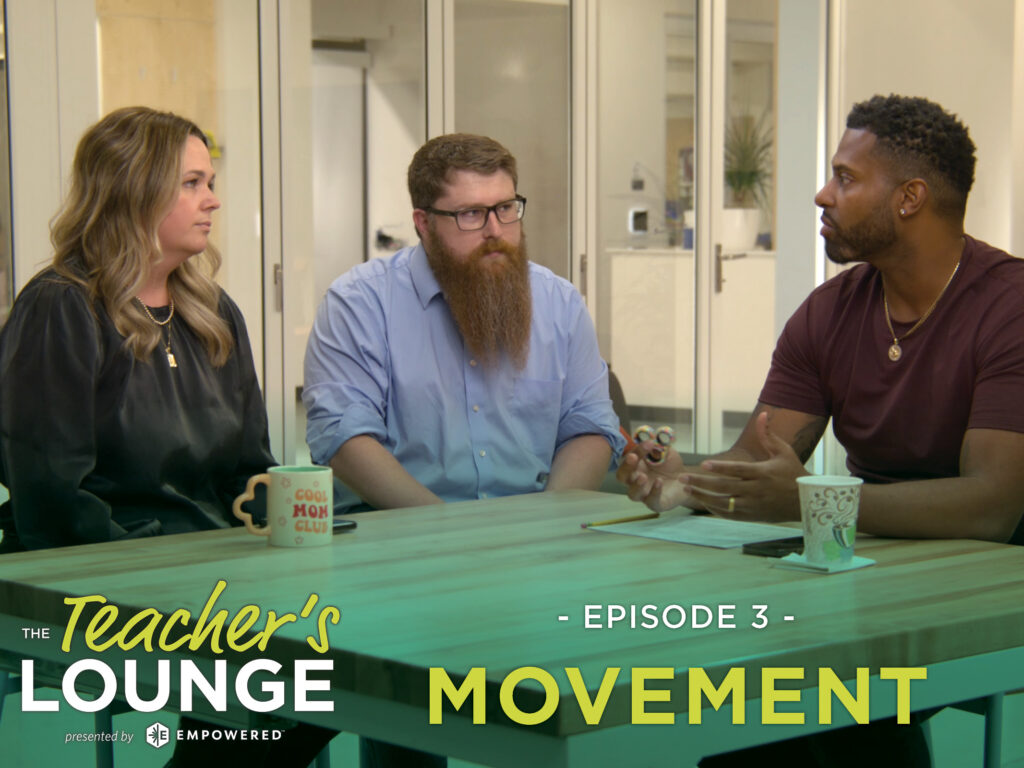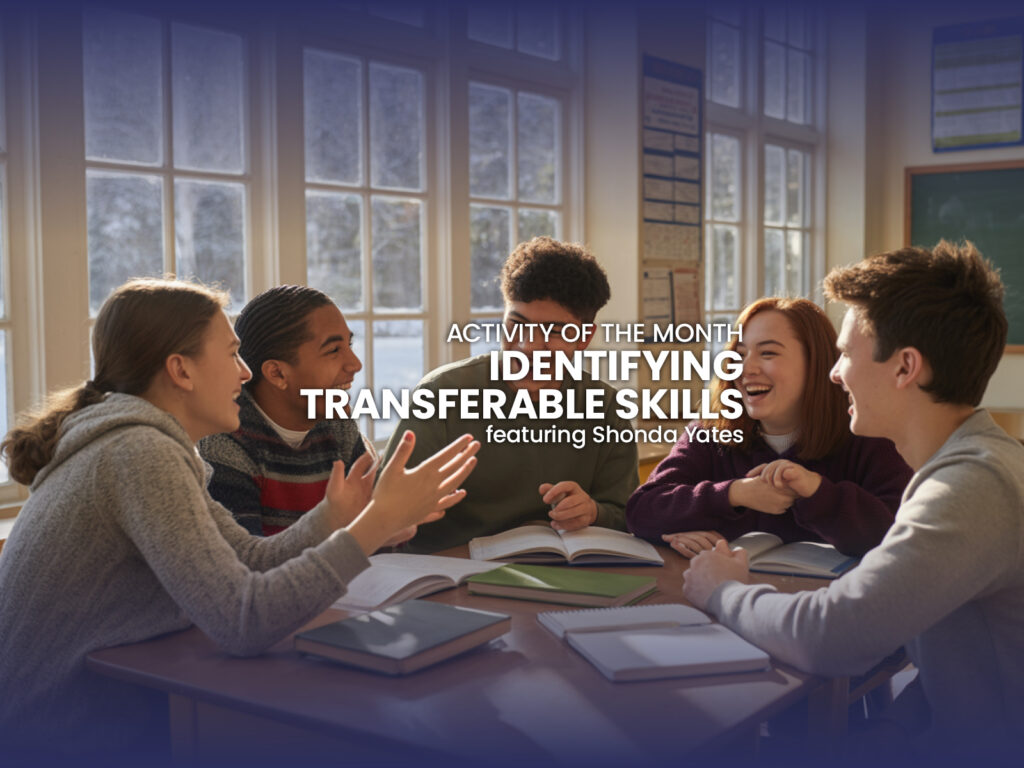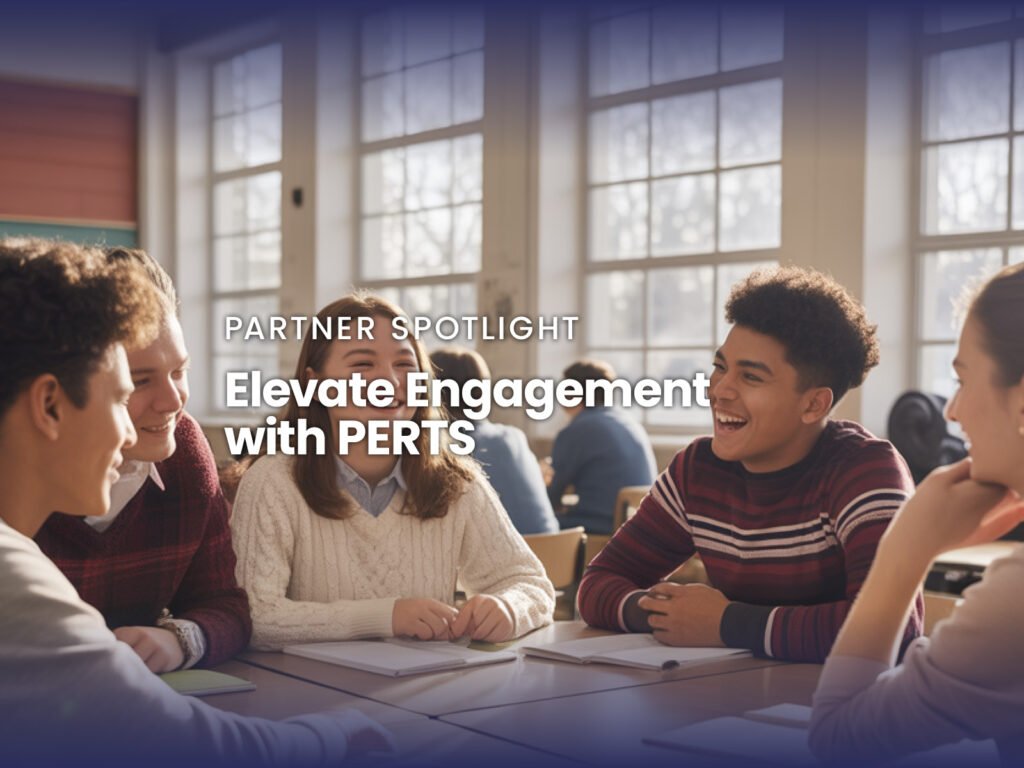You’ve Got to Move It, Move It
Earlier this year, we had a retreat for everyone on Empowered’s staff to strategize and plan for the new year. For a lot of companies, this would mean being stuck in a conference room all day, listening to speeches and lectures. If you’ve ever been to one of our trainings, you know that’s not how we do things at Empowered. We’ve never subscribed to the “sit and get” idea of education, whether that’s in a classroom or at a professional development session.
Humans just weren’t made to sit still that long. Our attention spans are short and with the influx of technology in our lives, are getting even shorter. Incorporating movement into the learning process is a key element in increasing engagement and retention. As Empowered educator Josh Patterson points out, “if you’re able to create an environment in the classroom where kids feel like they can move, they won’t be as distracted by the common pain point of cell phones or whatever else.”
This idea isn’t new to education. When she opened her first school in 1907, educational pioneer, Maria Montessori, highlighted the importance of mobility in the classroom. She argued that “Mental development must be connected with movement and is dependent on it. This is the new idea that must enter educational theory and practice.” Over 100 years later, we’re still working to get more students out of their seats and moving around the learning space.
Movement Is Important
We know Montessori was right; current research backs her up. In fact, the CDC reports that incorporating physical activity into the classroom can:
Improve student concentration and ability to stay on-task in the classroom.
- Improve student concentration and ability to stay on-task in the classroom.
- Reduce disruptive behavior.
- Improve motivation and engagement in the learning process.
- Help improve academic performance, specifically higher grades and test scores.
The question is, with everything else on a teacher’s plate, how can you add physical movement to your instructional time in a meaningful way?
Discussing Ways to Incorporate Movement

Empowered CEO and former educator Lindsay Schroeder says letting go is the first step. She points out, “You have to let go of some of that control or what you think it should look like and allow people to learn in ways that make sense for them.” She’s seen the success of this in her own classroom and, on a more personal level, with her own family. She recently shared that “I think of it with my son who never sits at circle time. He paces and thankfully he has a teacher that allows him to pace and he actually learns the material that way. If she was to make him sit, he would learn zero.”
Josh had a similar situation with a student in his class who would come in every day and instead of taking a seat, would stand at his podium. She wasn’t disrespectful but he was uncomfortable at first. After all, the podium was his space. However, he put those feelings aside, remembering his own classroom experiences. He says, “I was the kid who could not sit still. I was the kid talking to my friends next to me, the entire class, and I could not stay focused.” So, instead of reprimanding her, he talked to her about her feelings, what she was looking forward to and how she was going to participate. She got excited and more engaged in the class.
Resources to Help Increase Movement
If you’re incorporating movement into your lessons for the first time, we suggest starting small. For example, add Bell Ringers and Brain Breaks as supplements to your usual lessons. Or change things up like North Carolina educator, Terri Donnegan-Sanchez, and use answer buzzers as a way to keep students actively engaged in the question and answer process.
Two of our other favorite strategies include:
GALLERY WALKS
This is a technique that gets learners out of their seats and moving around the room in a constructive way. The best part is, it can also be used with any subject and doesn’t require a lot of materials. Simply write discussion questions or topics on different sheets of paper and hang them in different places in your learning space. Students then walk around, read the prompts and can add their own thoughts, questions or answers to the sheets.
You can even flip the script and do something like our Riddle Gallery Walk where you create riddles based on the concepts you’re studying and have students try to guess the answers on their walk.
WALKABOUTS
Empowered Educator Kimberly Jordan of Spartanburg, SC used this strategy with her students to create a meaningful Black History Month lesson. She wanted kids to be aware of the innovative and inspirational people in the neighborhood. She could have prepared a lecture but decided meetings would be more powerful. So, she took students to meet local entrepreneurs and activists. They had one-on-one conversations with these leaders and learned first-hand what they had accomplished. These active and personalized interactions helped solidify the information in student memories.
We know this isn’t possible in every community but think about ways you can tweak it in your environment. Maybe you can do an in-school walkabout. Learning about the Civil Rights Movement? Walk to different classrooms and have students interview teachers who lived through the era. Reading a Shakespeare play? Walk to your school theater and look at how sets are created and plays come to life. Then have your students act out or direct key scenes from the story.
The point is not where you go but that you’re moving and using that activity to lock concepts in your students’ minds. After all, as Mik Love points out, the important thing is to see past the surface and think about the outcome.
Watch “Teacher’s Lounge – Movement”
You can watch Mik discussing “Movement” with Josh and Lindsay on our YouTube channel or stream the video below:
PART ONE
Share Your Thoughts on “Teacher’s Lounge – Movement”
After you’ve watched Teacher’s Lounge “Movement”, share your thoughts including how you get students moving and how you feel about classroom activity as a learning tool and interact with 16,000+ innovative teachers on Empowered Hub (click here to create your free account).






